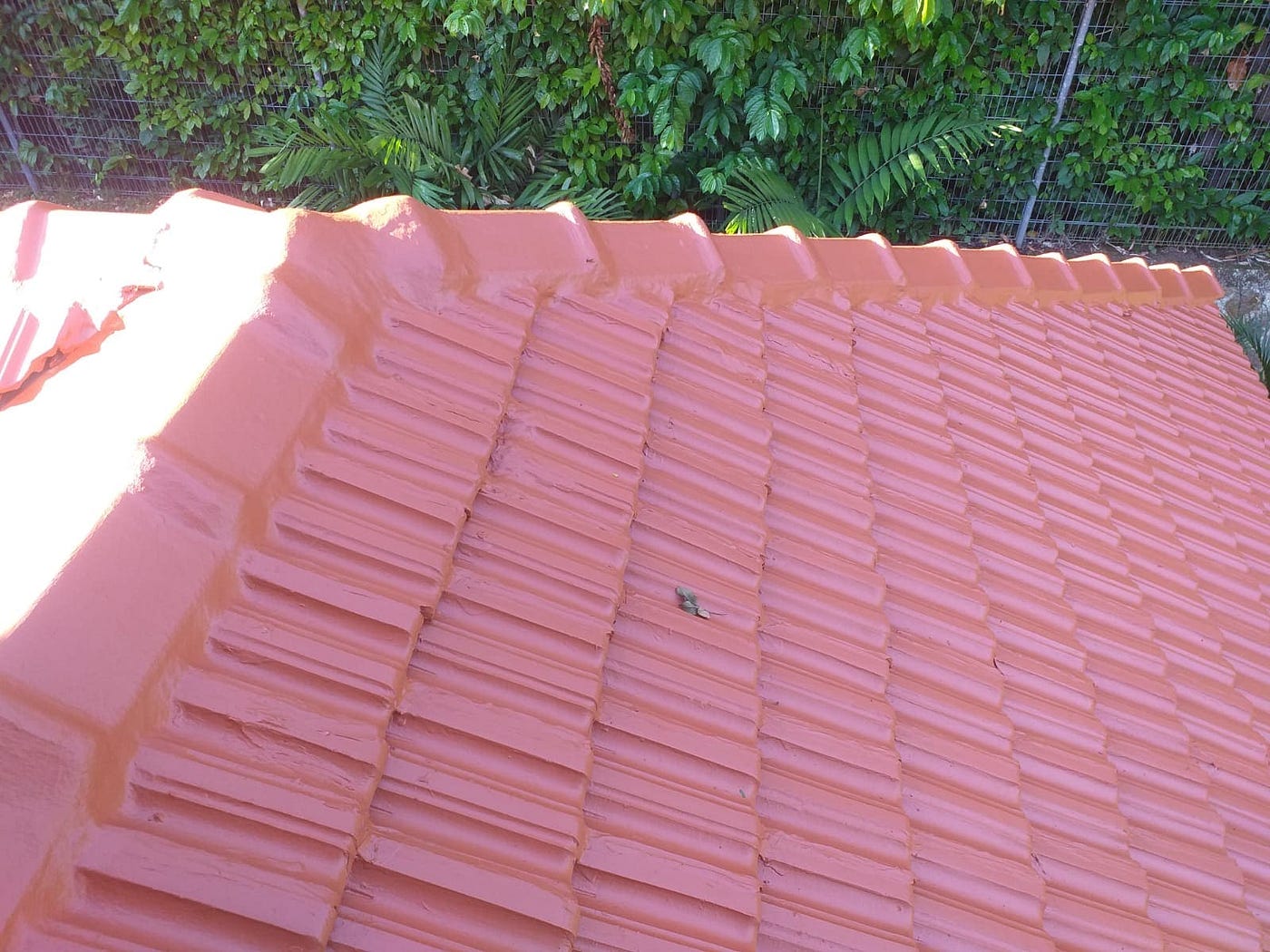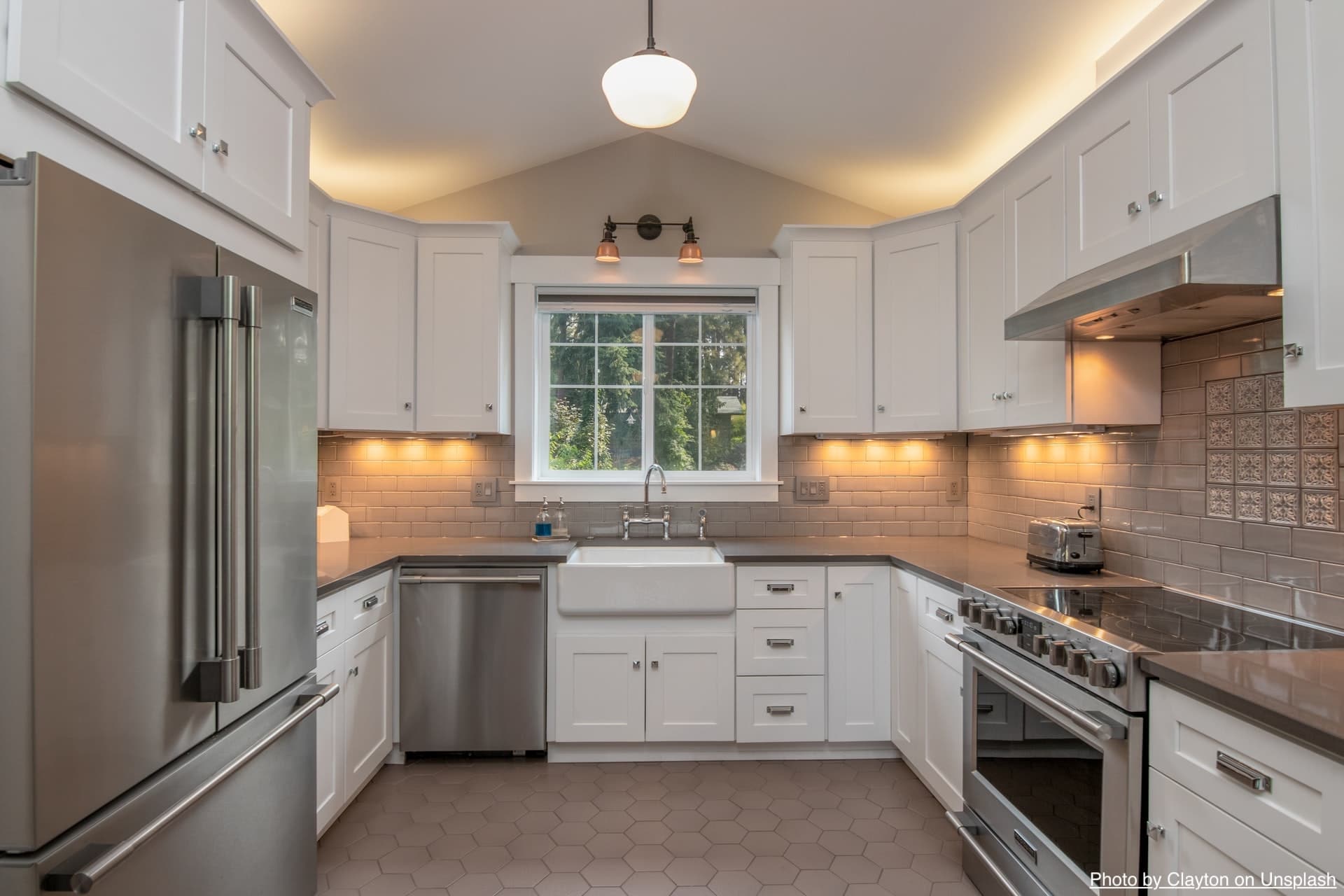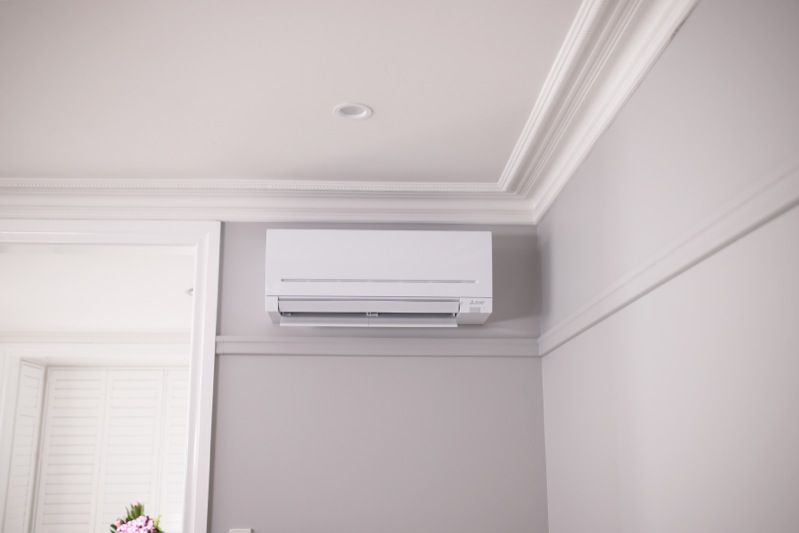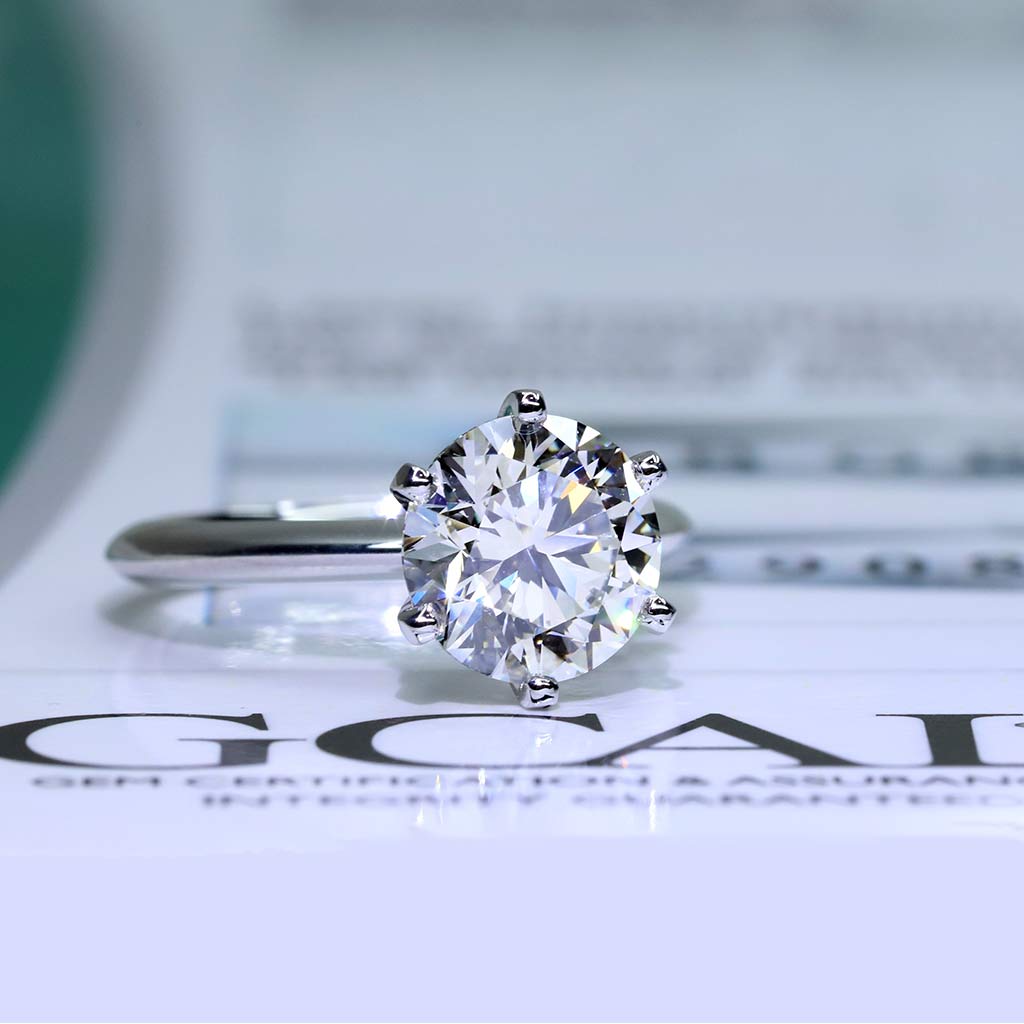7 Things You Need to Know About Radon Mitigation Systems

Radon is a quiet killer hiding in so many households worldwide. It is a colorless and odorless gas that can come into your home through the cracks in the foundation. During this process, the gas poses serious health risks. Therefore, installing radon mitigation systems acts as a measure of tackling this invisible danger.
First, the details of seven radon mitigation points are discussed here.
Table of Contents
Understanding Radon
Radon is an emitted radioactive gas that arises from the decay of uranium in the soil and rocks. It can penetrate the buildings through foundation cracks, pipe gaps, and other holes. Once inside, it can build up to hazardous levels; hence, the risk of lung cancer, particularly among smokers, rises.
The Importance of Testing
The initial measure in radon mitigation is to test your house to identify if the concentration of it is high. Radon testing kits are highly accessible and equally easy to use. Furthermore, you will be able to employ a specialist to carry out the analysis for you. The sampling should be placed on the lowest floor of the habitable area, e.g., the basement or on the floor next to the ground, where radon levels are usually at the highest.
Radon Mitigation Systems
Different radon mitigation systems exist, but the most prevalent is a sub-slab depressurization system. Such a device will install pipes and a fan to pull radon from under the foundation and release it safely outside. Other methods include sub-roof depressurization, which covers crawl space and ventilation systems installed in homes with more significant indoor air humidity levels.
Professional Installation
Although you may attempt this task alone, engaging an experienced specialist is better. Radon specialists have the knowledge and tools to ensure that the work is done to standard and that the system impacts your home’s radon levels as expected. Furthermore, a professional installation usually includes post-installation one-time testing to see if the system is operating correctly.
Cost Considerations
The radon mitigation price depends on prerequisites like your property’s square footage and layout, the kind of system you will use, and the labor rates in your area. According to the statistics, homeowners can expect to pay somewhere in the region of $800-$1500 for a radon system. At first glance, the investment may appear expensive, but if it is in return for the family’s long-term safety and well-being, it is a small price.
Maintenance Requirements
After it has been installed, radon mitigation systems demand little maintenance to ensure they will continue working correctly. Be sure to inspect the fan from time to time and change it if it does not work. Also, measurement from time to time is required to check radon levels and ensure they do not exceed what is considered safe.
Health Benefits
By installing a radon mitigation system, your home and family are safeguarded from any chance of radon exposure and secured with priceless peace of mind. Installing radon abatement systems in your home can significantly reduce the chances of lung cancer and other respiratory diseases linked to long-term exposure to radon. This is a preventive step toward cultivating cleaner indoors for ourselves and the people we love.
Radon mitigation should never be considered an option but rather a must, irrespective of whether it is your health or protecting the home that you are looking after. Do not get yourself to a point where it will be too late to prevent the gradual deterioration of your home. Take measures today and fight harmless but deadly menace.





